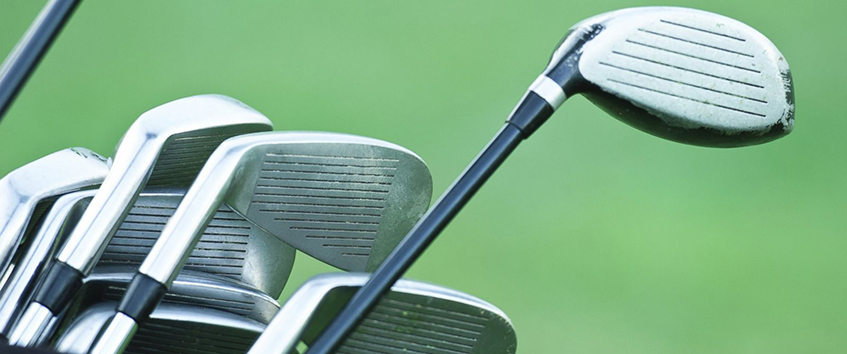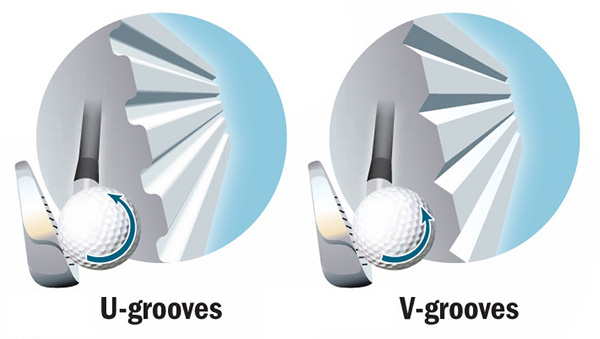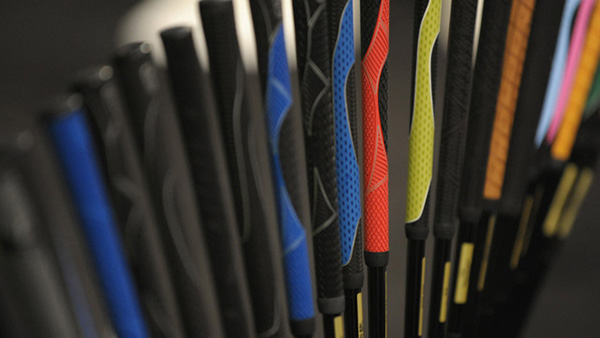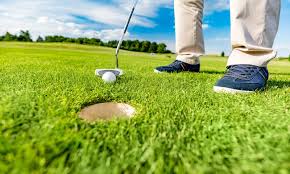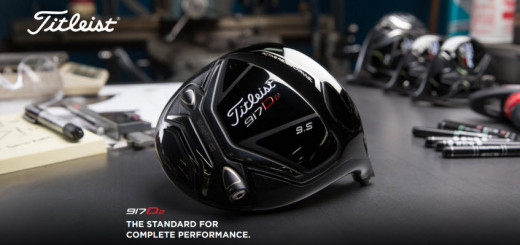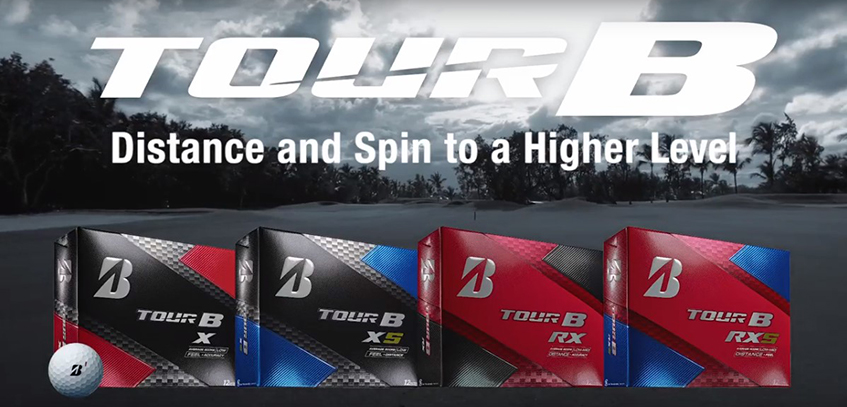Different Aspects of the Golf Club and What They Mean
Winston Churchill once said that, “Golf is a game whose aim is to hit a very small ball into an even smaller hole, with weapons singularly ill-designed for the purpose.” Let’s take a look at those weapons, otherwise known as golf clubs, and see if there is a method to the madness of their design and perhaps find a way to help your game. We’ll start from the ground up.
The Sole
Most golfers don’t think much about the sole, or bottom of the club, except to find the desired iron number stamped on it when pulling a club from the golf bag. You might not know that a properly designed sole on an iron club is designed to slice smoothly through the turf and minimize the twisting of the club, especially on poor hits. The popularity of hybrids comes from their long iron lofts but wider-soled heads to replace the small, ornery soles that proved so troublesome.
The Back of the Club Head
For decades, clubmakers did not think much about the back of the clubhead. The weight is concentrated in the center and low to produce an exaggerated result when the ball was struck exactly in front of this weight – the sweet spot. Any shot, apparently like many of Mr. Churchill’s, that is not struck here, causes the club face to twist at impact and produces unwanted, if not disastrous results. These traditional clubs were known as “muscle-back” irons.
An improvement in materials and technologies led to the ability to spread the weight around the perimeter of the club, creating “cavity-back” irons. The result: shots struck on the toe (the part of the club face furthest from the shaft) or the heel (closest to the shaft) will still produce acceptable results. Modern materials, especially with drivers, also allow clubmakers to fiddle with club weights. Golfers can select clubs that are heavy enough to resist twisting (always the main objective) but light enough to swing fast and generate distance.
The Club Face
The most obvious feature of the club face are grooves, perhaps the least understood aspect of these ill-designed weapons. If you play your golf in the desert and rarely encounter wet grass, you could very well use clubs with no grooves at all. Think of the tires on your car. A rubber tire could grip the road just fine on dry roads, but treads are necessary to channel away water and keep the tire in contact with the road in bad weather. It is the same principle with grooves on a club face. All the good things that happen when a golf ball is struck, like spin for distance and control, occur in the 450 millionths of a second that the ball is in contact with the club.
You want there to be as much contact happening as possible in that brief moment of violence, and that is the job of grooves. Many early clubs did not have grooves at all. Look at some of Bobby Jones’ historic clubs, and you will see dots on some of the club faces. Look at modern driver faces – the grooves are often downplayed because clean contact is assumed with the ball on a peg. There are two types of grooves on a club face – V-shaped, the traditional, and U-shaped. U-shaped grooves were banned awhile back in professional golf because they cleared more grass from the club face than V-grooves. This allowed the world’s best golfers to be able to generate as much spin from the rough as they did from the short fairway grass.
The club face is the most important part of the golf club for instructional purposes since it provides feedback on the swing. Using impact tape or powder on the face enable to see exactly where the ball was struck, often the first step in identifying swing flaws and possible corrections.
Hosel
Speaking of swing flaws, a golf club’s construction can make a difference in your game. Consider the hosel, the little piece of metal extending from the club head where the shaft is inserted. It can be offset, which means the leading edge is shoved back a bit. This is of benefit to those who tend to slice the ball, a malady caused by the club face being open (the tow back from perpendicular) at impact. An offset club immediately places the golfer’s hands ahead of the club head. This pushes the center of gravity away from the shaft and makes the club head easier to return to the square position at impact. You’ll want to try to avoid hitting the golf ball with the hosel. That produces the worst result in golfdom – the shank, the lateral, the pitch-out, the hosel rocket.
The Shaft
The shaft is more than the hollow tube connecting the grip and the club head. It is the engine of your golf club. Just like an automobile engine has plenty of things to fine-tune before it runs properly so does a golf club shaft. Start with length. A standard driver length is 44 inches but you can legally play a shaft up to 48 inches and the longer the shaft, the longer the ball flies. A golfer should pick a shaft as long as possible where shots can still be controlled. Then again, a longer shaft doesn’t always translate into better performance – Tiger Woods has used 43-inch drivers at times.
There are plenty of other shaft variables to integrate into your game – material (usually steel or graphite), flex (the amount a golf shaft bends during the swing), and kick-point (where the shaft bends that affects trajectory) for starters. Finding the best shaft for your game is the job of the club fitter.
The Grip
Most golfers know the grip by its material, often either rubber or leather. The grip can also be enhanced by cording or half-cording. Did you know that grips can be undersized or oversized to suit your game? Jack Nicklaus has small hands and used undersized grips during his career. If you are a player plagued by hooks and “fast hands” you can put oversized grips on your clubs that help quiet those hands at impact. Conversely, if you have trouble slicing an undersized grip will help promote quicker hand action that can help alleviate the problem.
So now that you know the parts of the golf club and how they can affect your game, you’ll go out there and shoot lower scores, right?

